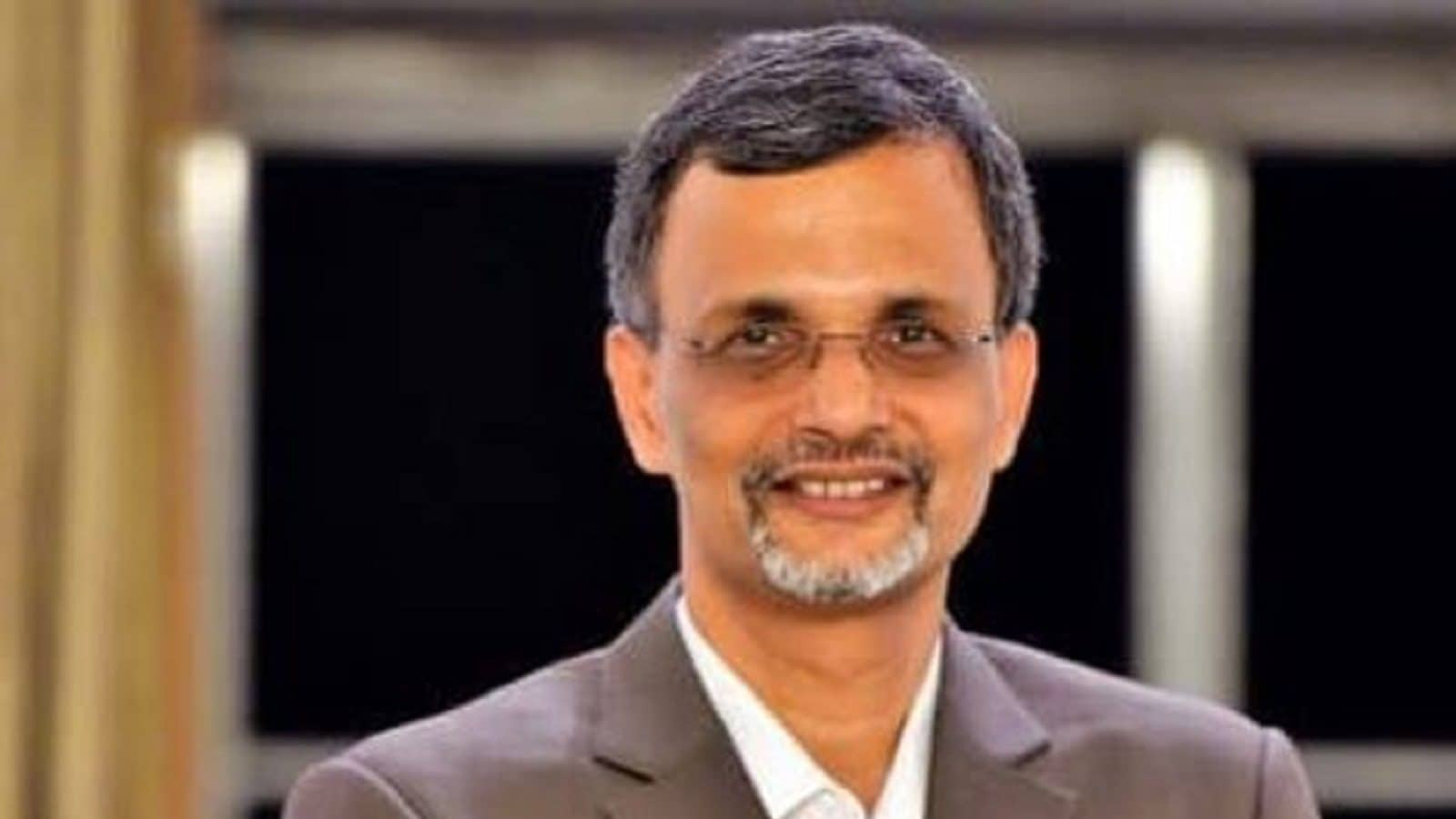The Indian economy is on track to achieve a 6.8-7 per cent GDP growth in the current fiscal and would be able to navigate the headwinds in 2023 ‘much easily’, Chief Economic Advisor V Anantha Nageswaran said on Wednesday. He said the economic recovery momentum is continuing and the GDP is averaging the 2019-20 level.
“Overall, the real GDP growth in 2022-23 is on track to be in the range of between 6.8-7 per cent,” he said, adding that festival sales, PMI, bank credit growth and auto sales data show that the economy has maintained momentum despite strong global headwinds, especially higher input cost and monetary tightening.
After clocking a 13.5 per cent growth in April-June quarter, the economic expansion slowed to 8.4 per cent in July-September period. The growth in the first half of this fiscal (April-September) stood at 9.7 per cent.
The economic growth last fiscal (2021-22) was 8.5 per cent.
The IMF (International Monetary Fund) has projected Indian economy to grow at 6.8 per cent this fiscal, while the RBI has pegged it at 7 per cent.
“In uncertain external environment and despite exports not doing as well as it did last year, domestic demand will drive GDP growth… Domestic inflation is expected to ease further on softening commodity prices and expectation of some good rabi crop,” Nageswaran told reporters after the September quarter GDP numbers.
Stating that 2022 saw a much tougher global economic condition, Nageswaran said “we should be able to navigate 2023 global headwinds much easily”.
He said the economy has continued its recovery from the pandemic and GDP levels are averaging the normal level between 2019-20 and capital formation rate was similar to first quarter at 34.6 per cent.
It was expected that after a strong base effect seen in first quarter, there would be a moderation in growth rates as economy stabilises and converages towards trend growth rate in coming quarters, the Chief Economic Advisor in the finance ministry said.
“Overall at the end of two quarters, India’s growth rate in real terms (is) at 9.7 per cent and India’s growth trajectory stands tall over the growth rates that other countries have experienced… India’s growth performance becomes creditable in the light of commodity price shock and synchronised tightening of monetary conditions that is still ongoing in developed and parts of developing world, including ours,” Nageswaran said.
India, like other countries, have suffered the headwinds of tightening global financial conditions as well as the commodity price shock after the Russia-Ukraine conflict broke out in February.
“India’s growth estimates which were at the north of 8 or 9 per cent at the beginning of the year has come down to between 6.8-7 per cent because global growth has slowed down and monetary tightening (is) still underway and export growth will not be able to contribute as much it did last year,” Nageswaran added.
A host of agencies have slashed India’s economic growth projections for the current fiscal (April-March) citing slowdown in global economy, Russia-Ukraine war, besides rising interest rates and inflation domestically.
While the World Bank has pared its growth estimate for India by 100 basis points to 6.5 per cent, IMF has trimmed it to 6.8 per cent from 7.4 per cent. Asian Development Bank too has cut projections to 7 per cent, from 7.5 per cent earlier.
Read all the Latest Business News here


